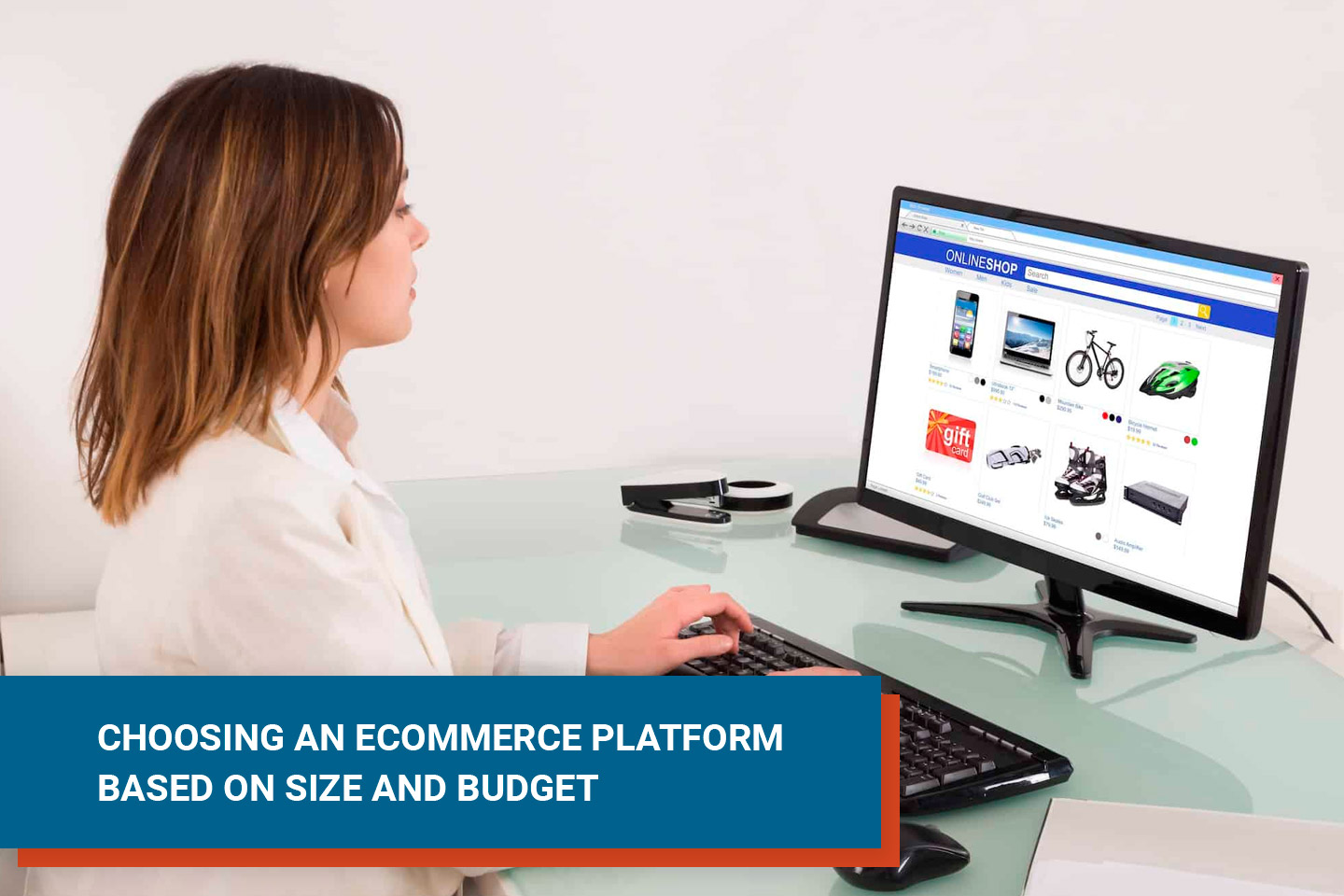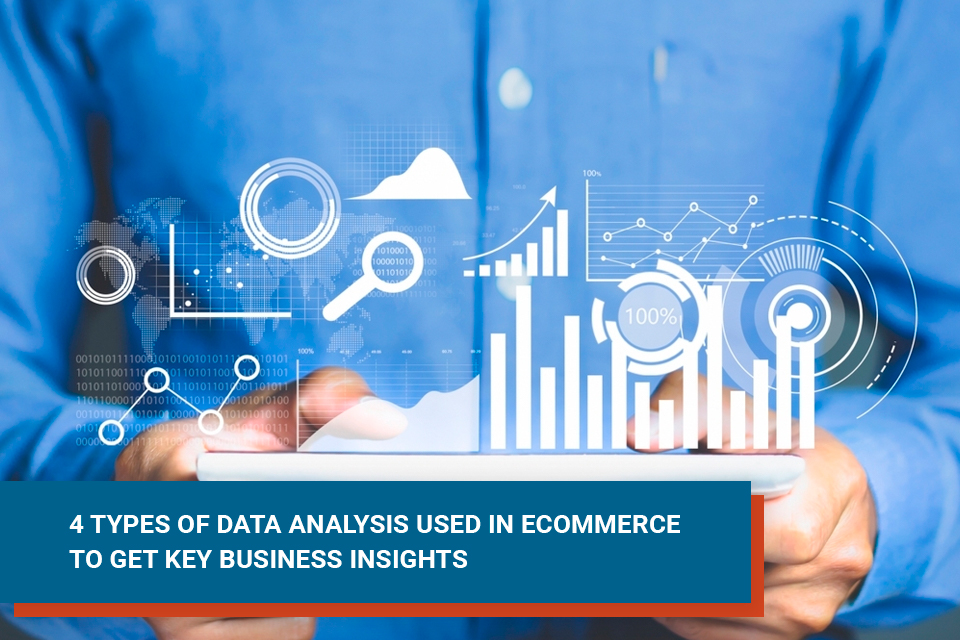How Mentorship Added Jet Fuel to My Fire: PowerSync CEO
 Igor Krasnykh
·
7 minute read
Igor Krasnykh
·
7 minute read

Every business owner knows the importance of being in a continual state of motivation. When I shifted from a corporate job to focus on my own business (PowerSync), I was hungry for inspiration and mentorship. I set the goal of reading 13 books during the first quarter of 2020.
This article is for you if:
- You are considering investing in mentorship but are not sure if it’s worth the money
- You are eager to scale your business
- You want to be a more savvy business leader
- You want to learn more about how Grant Cardone made a positive impact on my life and business
While searching for a good audiobook for my morning gym sessions, I came across The 10x Rule by Grant Cardone. The title of Grant’s book instantly resonated with me because I wanted to do more with my business, a lot more. The “10x Rule” refers to the concept of striving for 10 times more than you originally planned. If you want to make $100, then set the goal of making $1,000. The concept is pretty simple: set high goals and even if you don’t reach the $1,000, you’ll still do better than the $100 you were originally aiming for. After soaking in the 10x Rule, I read another one of Grant’s renowned books — The Closer’s Survival Guide — which gives more than 100 examples of the most common objections heard in sales conversations (and how to pivot these to close the deal). I was very intrigued by Grant and his ideas — so I attended a free webinar and eventually enrolled in his online mentorship program. I was so impressed by all of these offerings that I signed up to attend the 10x Emergency Mastermind in June of this year. Grant and his team offered me many valuable strategies that are not only making me a more savvy business leader but a better person. While everything we discussed during those two days was meaningful, the following six lessons hit me the hardest.
Who you surround yourself with matters

When I participated in Grant’s webinar, I realized I needed to immerse myself in this community of like-minded people who are always striving for 10x. I knew having this kind of motivation around me, in my daily life, would give me the energy and passion I needed to slay my goals. Attending this conference reinforced the notion that surrounding myself with people who are striving for the same results will impact my productivity in a positive way.
Going into the conference, I had no intention of selling anything to any of the other attendees — and I didn’t. However, I did expand my network, which is arguably more important. This is how all businesses grow — through building strong relationships. I was happy to share my expertise with anyone who could benefit from it, and they did the same for me. If you take time out to help others, it will lead to a brighter and better outcome in the future, for everyone.
Diversifying products and pricing tiers can really pay off

One of the most essential pieces of insight I received from Grant Cardone during the conference was the importance of diversifying my product and pricing tiers. It’s a good idea to offer a large spectrum of products, even if that means building out different tiers in accordance with what my customers need.
At PowerSync, we provide scalable solutions for e-commerce merchants. Grant’s advice got me thinking about all the different ways I can help people achieve their goals without buying the whole farm, so to speak. I realized that in order to provide this, PowerSync needs to shift its focus as a company. Now, I’m rethinking the flexibility of my products. I’m asking myself, “How can I broaden, break-down, and reimagine my product offerings with different price points in order to serve more people?”
Zero in on metrics

You may have heard the professional mantra, “You can’t manage what you don’t measure.” Attending this training gave me new insight into how one would measure the success of sales teams while holding them accountable. As a growing business, I know this is an area that is going to become more essential as we scale. Todd Straugh, a sales director at Grant Cardone, and Sheri Hamilton, COO at Grant Cardone, both stressed the importance of tracking progress in these five areas:
- How many calls a person makes;
- How much time they spent on the phone with a customer;
- How many appointments they set;
- How many demos they book;
- How many deals are closed.
Some of the metrics above even had daily minimums to ensure the desired velocity of the team. However, it isn’t only about measuring the above criteria. It is also about creating a culture of transparency and giving your team the tools and motivation they need to keep their numbers trending up. This is a great segway into the next item.
Positive team culture is essential

Sheri Hamilton implemented a 15-minute daily stand-up meeting for their sales team that I found to be game-changing. These are high-energy meetings where representatives from each department share daily successes and highlight top performers from the previous day’s activities. These meetings not only support healthy competition within the sales teams but also between departments. Plus, these daily meetings help maintain a winning culture in the whole organization.
Todd Straugh also stressed the importance of re-energizing his team multiple times a day. The most ideal times are lunch (after potentially consuming a big meal), at 3 p.m. (when productivity is known to slump) and at 5 p.m. (when people start shifting into a “quitting time” mindset).
Perhaps you notice someone’s energy waning. That is the perfect moment to step into a mentorship role and remind them of the goal, the metrics and the rewards (or maybe even join your team member in doing 10 jumping jacks to get the blood flowing).
Sales is a service

Many people avoid salespeople because they fear they will be pushy and unwilling to listen to them. In reality, the best salesperson is the one who can inspire a prospect to become a customer by simply giving them information. A salesperson must figure out the shortest path to get from point A to point B by understanding their prospect’s needs. I will be the first to tell someone if my product is not worth the price for them.
The following two questions will help you save valuable time for yourself and a prospect in any given conversation, and will also help you gauge if there is a gap to be closed:
- Have you heard enough to make this decision?
- How much of what I showed you do you believe?
It’s amazing what these simple questions can accomplish. They allow you to pick up on hesitation while giving you a clear path of tackling a gap. One of the most important mindsets any salesperson can adopt is the realization that you are selling to real human beings (as opposed to a persona you have imagined in your mind). With that considered, the least you can do is understand what kind of outcome they are seeking and how you can help.
Sales is a service — not only to the company you are selling for but also for the prospects you are selling to. It is your responsibility to find out what gaps they need to fill. Does your product meet their specifications? If not, don’t waste their time or use unnecessary hardcore tactics trying to strike the deal with them TODAY. The goal is to sell them what they need in an effective way. The prospect should be telling you that they need this product today vs. tomorrow based on the value you laid out in front of them.
In every conversation you have in life, you are either selling something or being sold to (from Sell or be Sold book by Grant Cardone). This is true whether you like it or not. Just think — Even a child arguing about why they should be allowed to have a later bedtime is a sales pitch. Negotiating with your spouse about what kind of furniture you will purchase for your home is also a sales conversation. You will either sell on your idea, desire or a concept or be sold to by someone else.
Scaling the business

After you form your business, the next common step becomes scale. Per the Bureau of Labor Statistics, about 20% of all small businesses fail within the first year, and about 50% fail in their fifth year. One would argue that the cause could be different in each use case. Some businesses fail because of debt they accumulate. Others fail because of cash flow, the lack of a digital presence, ineffective leadership and so on. To me, all of these reasons indicate an inability to scale one or multiple aspects of you and/or your business.
At the event, Brandon Dawson, Co-founder at Cardone Ventures, spoke of various challenges businesses go through and provided real-time feedback to the group by answering our questions.
At one point, Brandon said that if you cannot grow your business to $1 million in revenue by yourself, you don’t have a business. I never thought about it in this light, but he is right. Many business owners only know how to run solo, but when it comes to cloning themselves through partners and contractor force, things start to go south.
For many of you who have a family, you can relate to this analogy. The business is your baby. If you are a new parent, you won’t know what to do and not to do. Your parents and other people will bombard you with suggestions on how you should be raising your kid, but at the end of the day, it will be up to you to figure this out. Yes, you will be making mistakes along the way, but keeping your eyes on the bright future of your kid and constantly moving towards that bright future is what will make your journey successful.
The key takeaway

Heading into this event, I was debating if it was the right investment and what value would come from it. Ultimately, based on what I had already read and experienced through the mentorship program, I am blown away. I got so much out of it, and it is difficult to put into words just how valuable the information was.
During the event, I never felt like it was not adding value to what I am striving to accomplish. I think differently now. I act differently now. I’ve eliminated the things in my life that don’t give me value. As a result, PowerSync is a better company, and it will only continue to improve. I know my customers will also benefit from more refined sales & delivery processes that are designed to understand and meet their needs and outcomes better.
While I have been very complimentary about Grant Cardone and his team in this article, I know there are other effective mentors out there. However, I truly believe in his strategies and how implementing them has impacted my personal and professional life. I encourage anyone who is reading this to find their own mentorship guru or a coach. Find someone who aligns with your values and vision and surround yourselves with like-minded people.
Moving forward, my vision for the future of my company is to provide quality products that are tiered to meet individual needs. I also hope to offer my own form of mentorship for e-commerce merchants and help businesses pivot into subscription-based models.



